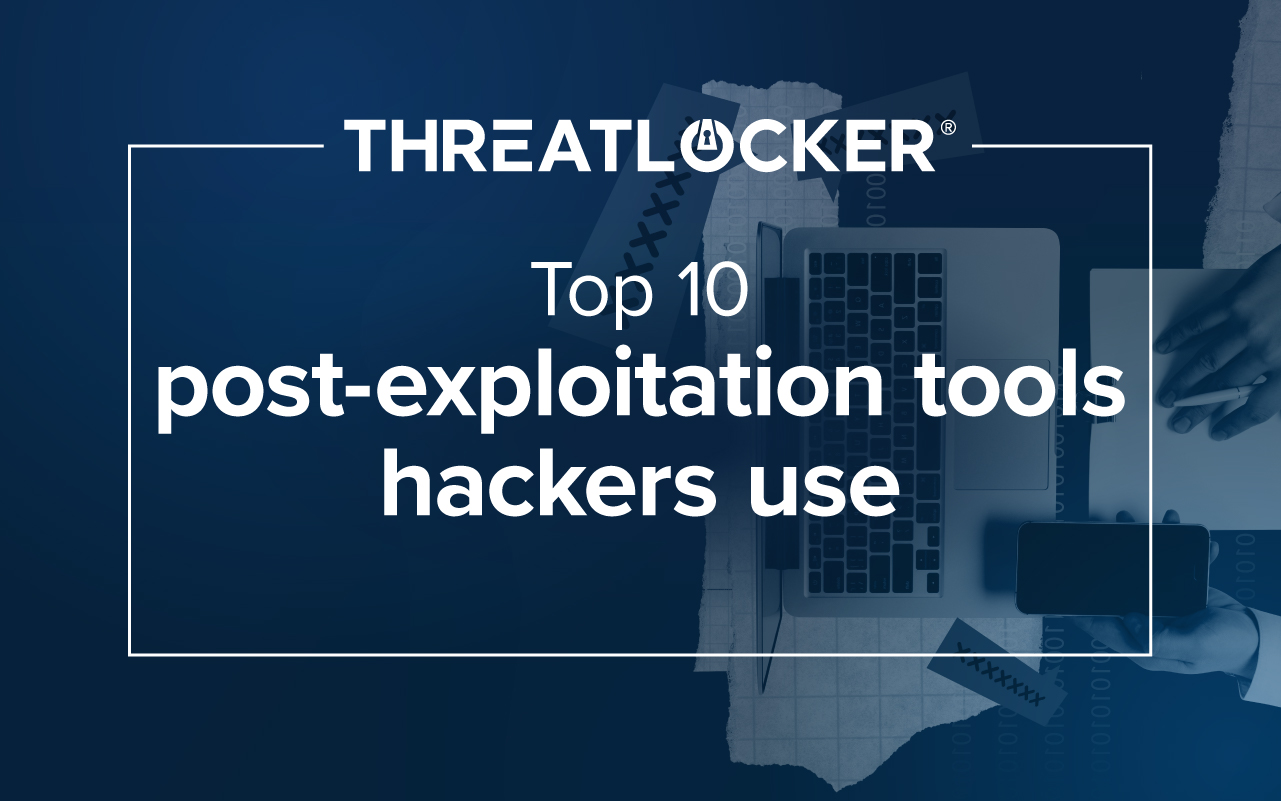Table of contents
Introduction
Cybercriminals have a deadly arsenal of tactics they can use to infiltrate your organization’s defenses and cause immeasurable harm. These wrongdoers may find their way in via a brute force attack, a phishing attack, or exploiting vulnerabilities, among countless other measures. This article will cover three physical tools which cybercriminals can use to harm your organization.
Bash Bunny
A Bash Bunny is a USB-based penetration (pen)testing tool that can leverage many features hackers use on a daily basis such as Metasploit and the Impacket library to launch advanced exploits.
How a Bash Bunny can be used and what it can do to your organization:
Payload delivery:
The Bash Bunny can be programmed with various "payloads," which are scripts or commands that execute when the device is plugged into a computer. These payloads can automate a wide range of tasks, such as collecting information from the target system, exploiting vulnerabilities, or configuring the system for remote access.
Password extraction:
It can be used to capture login credentials, sensitive files, or other data stored on the target system. For example, a payload could mimic a keyboard and type out commands to steal saved passwords or access network resources.
Network attacks:
The Bash Bunny can also be used to conduct network attacks. It can emulate different network devices, like an Ethernet adapter or a wireless access point, and then perform various attacks, such as man-in-the-middle (MITM) attacks, DNS spoofing, or network reconnaissance.
Exfiltration:
Once it has collected data, the Bash Bunny can exfiltrate it to an external server or store it on its own storage. This data can include sensitive company information, customer data, or intellectual property.
Wi-Fi Pineapples
A WiFi Pineapple is a WiFi pentesting platform designed to provide an assessment report of the vulnerabilities within an organization’s environment.
How a WiFi Pineapple can be used and what it can do to your organization:
Phishing and credential theft:
When a device is looking to connect to a wireless network, it is actually broadcasting which wireless network it is looking to connect to. The WiFi Pineapple can read this signal and impersonate the wireless network in an effort to encourage said device to connect to it. Threat actors can then prompt victims with an “Evil Portal” that mimics login screens of commonly used accounts such as Office365, Google, social media, and more, to collect login credentials.
Data man-in-the-middle attacks
In some cases, users that connect to a WiFi Pineapple can still access the internet. In these cases, the WiFi Pineapple can eavesdrop on a user’s activity online, even intercepting confidential data exchanged between a user any site(s) they visit.
Rubber Duckies
A Rubber Ducky is a pentesting tool that visually mimics a USB drive, when it actually injects payloads onto endpoints.
How a Rubber Ducky can be used and what it can do to your organization:
Malware payloads:
Once inserted into an endpoint, a Rubber Ducky will begin to act as a keyboard, injecting malware. The process of fully injecting a complete payload can take as little as 10-15 seconds. Since these payloads occur through keystrokes, there are an immeasurable number of actions that can be taken on an endpoint, from the weaponization of trusted applications to data encryption and exfiltration.
This process can be initiated by either a trusted user finding a Rubber Ducky and plugging it into an endpoint, or a threat actor gaining physical access to an organization’s offices/restricted areas and plugging it in themselves.
How to prevent these attacks
The common denominator between these tools is your physical security. Similar to cybersecurity, you need to restrict access to your organization’s premises to just those who need access. In this case, it would be any employee that works on site. Any authorized visitors should be accompanied by a trusted individual within your organization throughout their visit. This should be able to prevent threat actors from getting close enough to plug in a Rubber Ducky or Bash Bunny, or from being within the vicinity of your WiFi’s reach with a WiFi Pineapple.
Furthermore, if a threat actor is successful in gaining physical access to your organization, or even if a trusted employee mistakenly plugs in a malicious tool, you need to have the proper defenses set in place. Some EDR’s can be configured to detect keystrokes that type at superhuman speeds, thus responding to threats posed by a Rubber Ducky or Bash Bunny. However, in the case that these tools do surpass an EDR, you need to be prepared with the proper controls to block the download of malicious software, prevent the weaponization of trusted applications, and deny users access to confidential data that they do not require access to do their day-to-day jobs.
As for the WiFi Pineapple, you should implement endpoint and server firewalls into your organization that grant you total control over network traffic, whether incoming internet traffic or communications between your endpoints and servers across your network. Choose a tool that restricts websites that users can visit and allows only the sites you trust and uses dynamic ACLs to make the ports practically invisible to malware trying to jump from endpoint to endpoint.
Related: ThreatLocker Protect
You can learn more about these pentesting tools and more in our readily accessible webinars. Follow ThreatLocker on social media to stay up to date on these upcoming webinars:
- Rubber Ducky Hacking (12/2023)
- WiFi Pineapple Hacking (01/2024)
- Bash Bunny Hacking (02/15/2024)





